New Zealand adventure tourism offers an unparalleled experience for thrill-seekers and nature lovers alike. SIXT.VN is here to guide you through the best adrenaline-pumping activities, ensuring a seamless and unforgettable journey in this breathtaking country. From bungee jumping to white-water rafting, explore New Zealand’s stunning landscapes with confidence and ease. Discover extreme sports and outdoor adventures.
1. What is “Tramping” and Why is it a Must-Do in New Zealand?
Tramping in New Zealand, unlike hiking, involves more rugged and challenging backcountry adventures. Instead of nicely groomed trails, you can expect to climb mountains using tree roots as ladders and wade through mud. For updates, check the Department of Conservation and the Mountain Safety Council for planning. According to research from the Mountain Safety Council, in 2023, providing safety guidelines enhances the overall tramping experience for tourists, ensuring they are well-prepared for the unpredictable conditions.
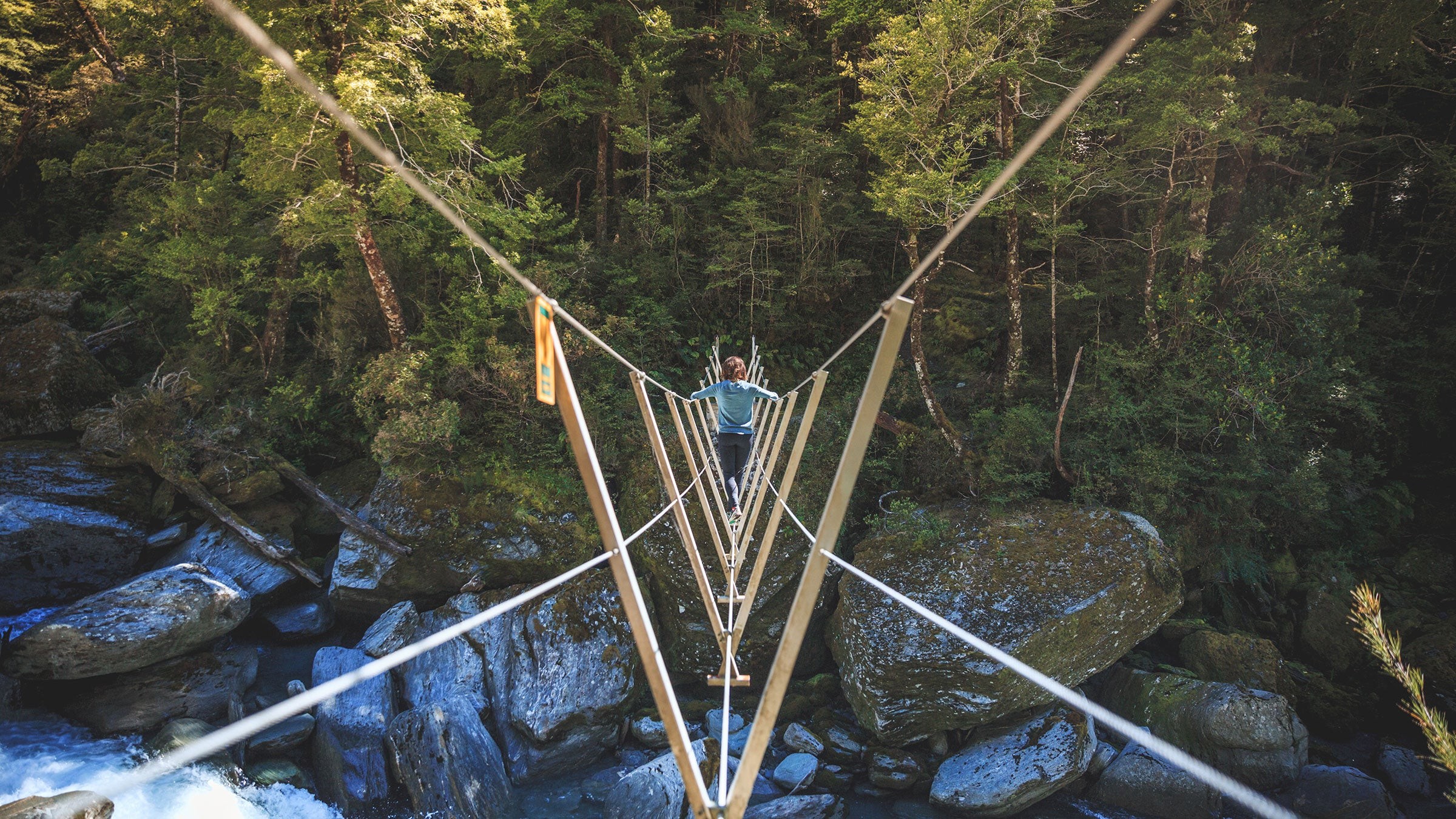 Tramping in Wanaka, New Zealand
Tramping in Wanaka, New Zealand
2. Blackwater Rafting in Glowworm Caves: What Makes it Unique?
Blackwater rafting in the Waitomo glowworm caves offers a unique subterranean adventure filled with zip-lining and rappelling under twinkling blue glowworms. As one of New Zealand’s most unique features, the glowworms are bright shiny maggots attracting their dinner with dangling poo, but from a distance, they’re beautiful. According to a report by Tourism New Zealand in 2022, glowworm caves are one of the most popular tourist attractions, drawing visitors seeking exceptional nature-based activities.
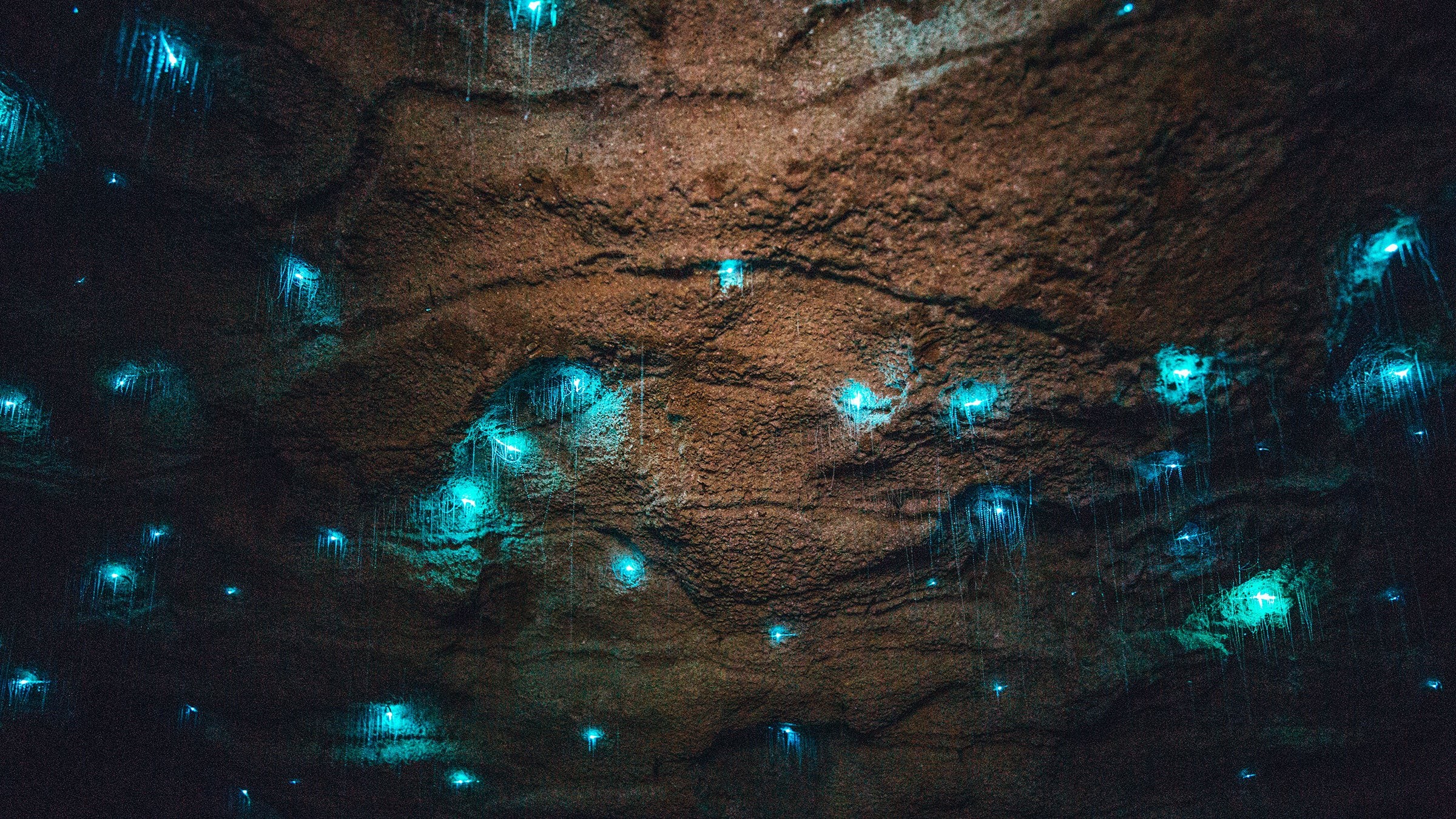 Glowworm caves in New Zealand
Glowworm caves in New Zealand
3. Where Can You Experience Heli-Skiing in New Zealand?
Wanaka is the place to go heli-skiing. New Zealand’s winter runs from mid-June to mid-September, and the ultimate snow adventure is to go heli-skiing in our endless backcountry. Heli-skiing in Wanaka offers intermediate and expert riders an absolute dream of ripping through waist-deep freshies and flying around the mountains overlooking Lake Wanaka. According to research by Southern Lakes Heliski, in 2023, heli-skiing experiences in Wanaka have seen a rise in popularity, with more visitors seeking exclusive access to untouched powder.
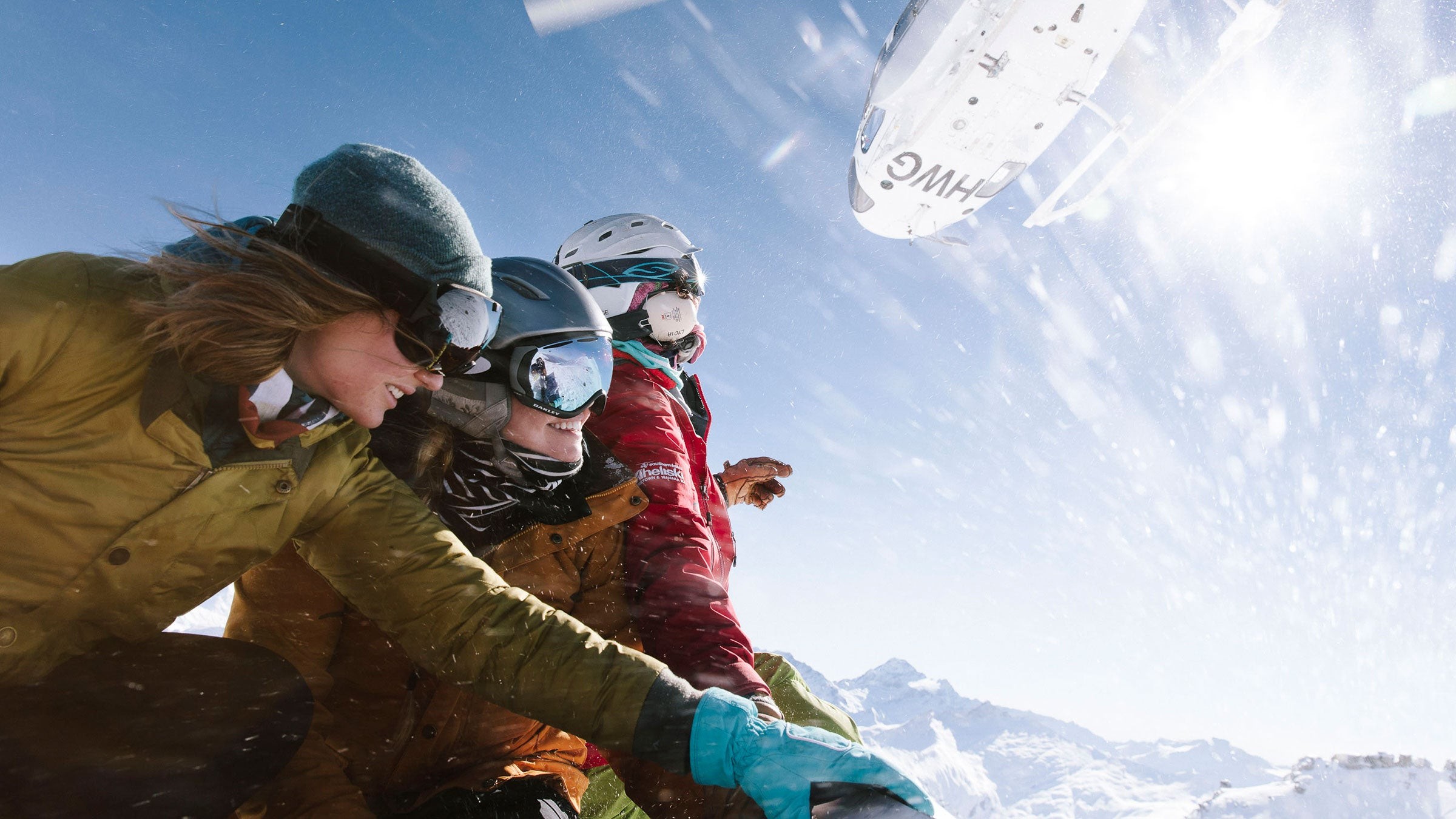 Heli-skiing in Wanaka
Heli-skiing in Wanaka
4. Why is Queenstown Known as the Adventure Capital of the World?
Queenstown, home to the world’s first commercial bungee jump, offers thrills for every adrenaline junkie, from the Nevis bungee jump to the canyon swing. Thrills come easy in this stunning alpine town, you just have to pick your poison. According to data from the Queenstown Lakes District Council, in 2023, Queenstown sees a consistent influx of adventure tourists drawn by its diverse range of high-octane activities.
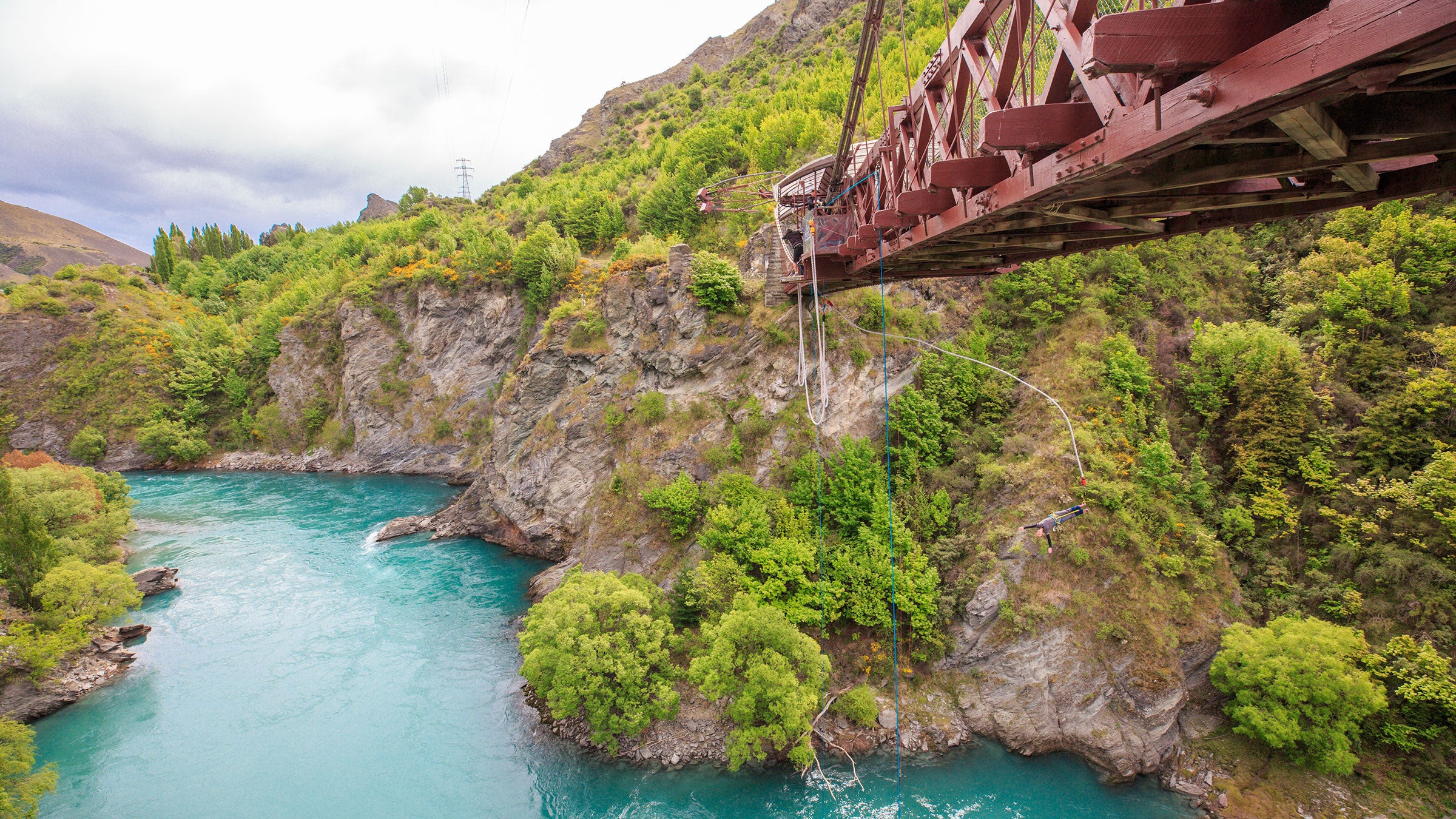 Kawarau Bungy in Queenstown
Kawarau Bungy in Queenstown
5. What Geothermal Wonders Can You Find in Rotorua?
Rotorua, part of the Pacific Ring of Fire, is the epicenter of geothermal wonders, with sulfuric smells and rising steam defining the city. Nearby Tongariro National Park offers the most popular day hike, the Tongariro Crossing, a 19.4-mile alpine trek that weaves its way among a volcanic landscape, including past Mount Doom from The Lord of the Rings. According to the Rotorua Regional Council, in 2022, geothermal tourism in Rotorua contributes significantly to the local economy, attracting visitors year-round.
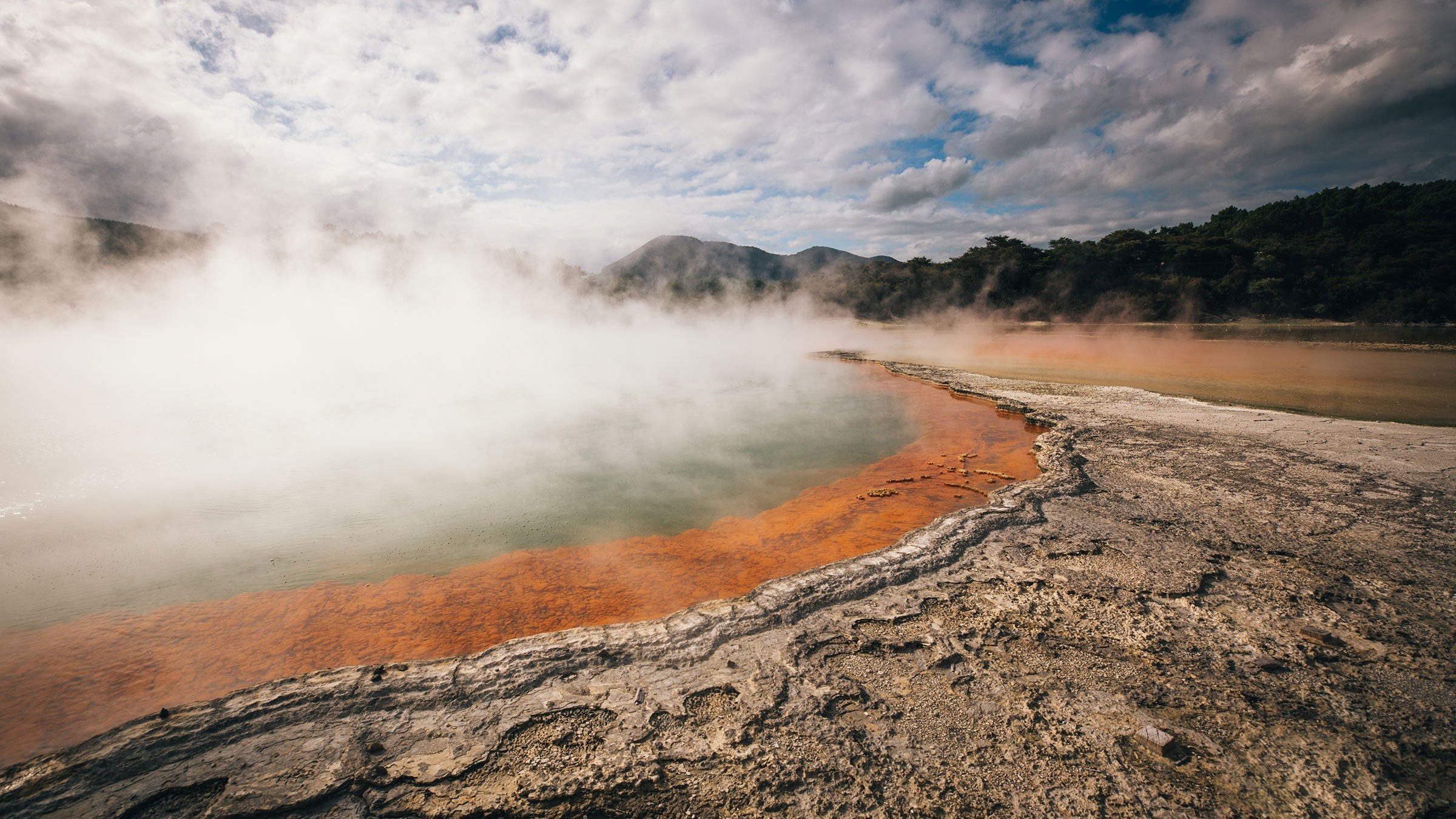 Geothermal volcanic landscape in Rotorua
Geothermal volcanic landscape in Rotorua
6. Whitewater Rafting on the Landsborough River: What’s the Appeal?
Whitewater rafting on the Landsborough River, hidden in the Southern Alps, offers a remote and untouched wilderness experience accessible only by multi-day tramps or helicopter. You will get a real glimpse of what New Zealand used to look like before humans arrived (and trashed it), and more than once you’ll probably be hit with a notion that you’re in Jurassic Park. According to Go Orange, in 2023, the Landsborough River rafting experience is highly sought after by intrepid kiwis and international tourists alike, seeking an unparalleled adventure.
7. What Makes the New Zealand Subantarctic Islands Unique?
The New Zealand Subantarctic Islands, located between the main islands and Antarctica, are unpopulated and teeming with wildlife, accessible only by traversing the roughest seas in the world. According to Heritage Expeditions, in 2022, voyages to the subantarctic islands offer a unique opportunity to witness the rich biodiversity and pristine landscapes, attracting nature enthusiasts and researchers.
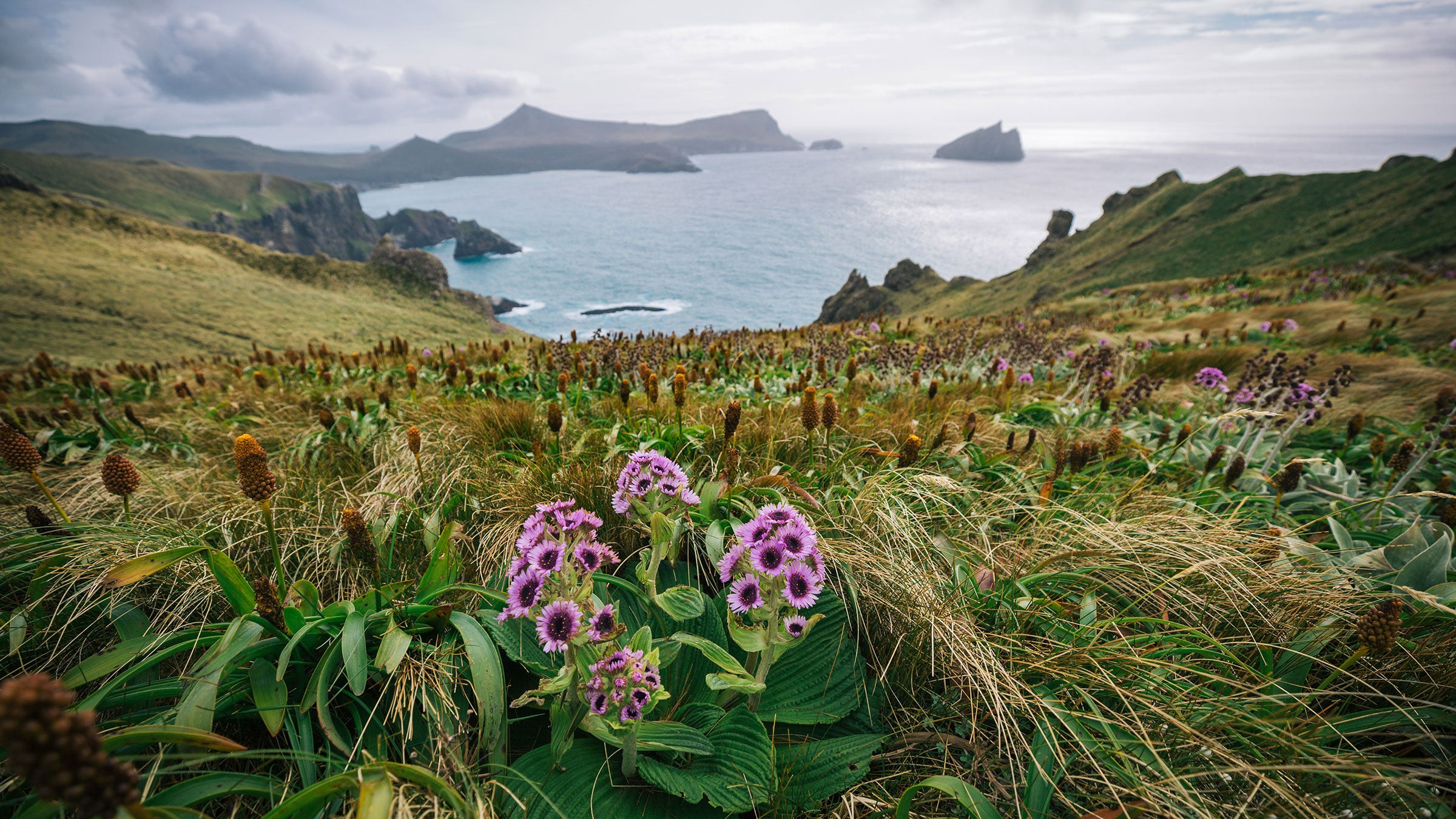 Subantarctic Islands in New Zealand
Subantarctic Islands in New Zealand
8. How Can You Experience Fox Glacier?
Fox Glacier, one of the few glaciers in the world dropping down to temperate rainforests, offers heli-hikes through ice caves and down crevasses. According to Fox Glacier Guiding, in 2023, heli-hikes on Fox Glacier provide accessible adventures for all levels, allowing visitors to explore the stunning blue ice formations with expert guidance.
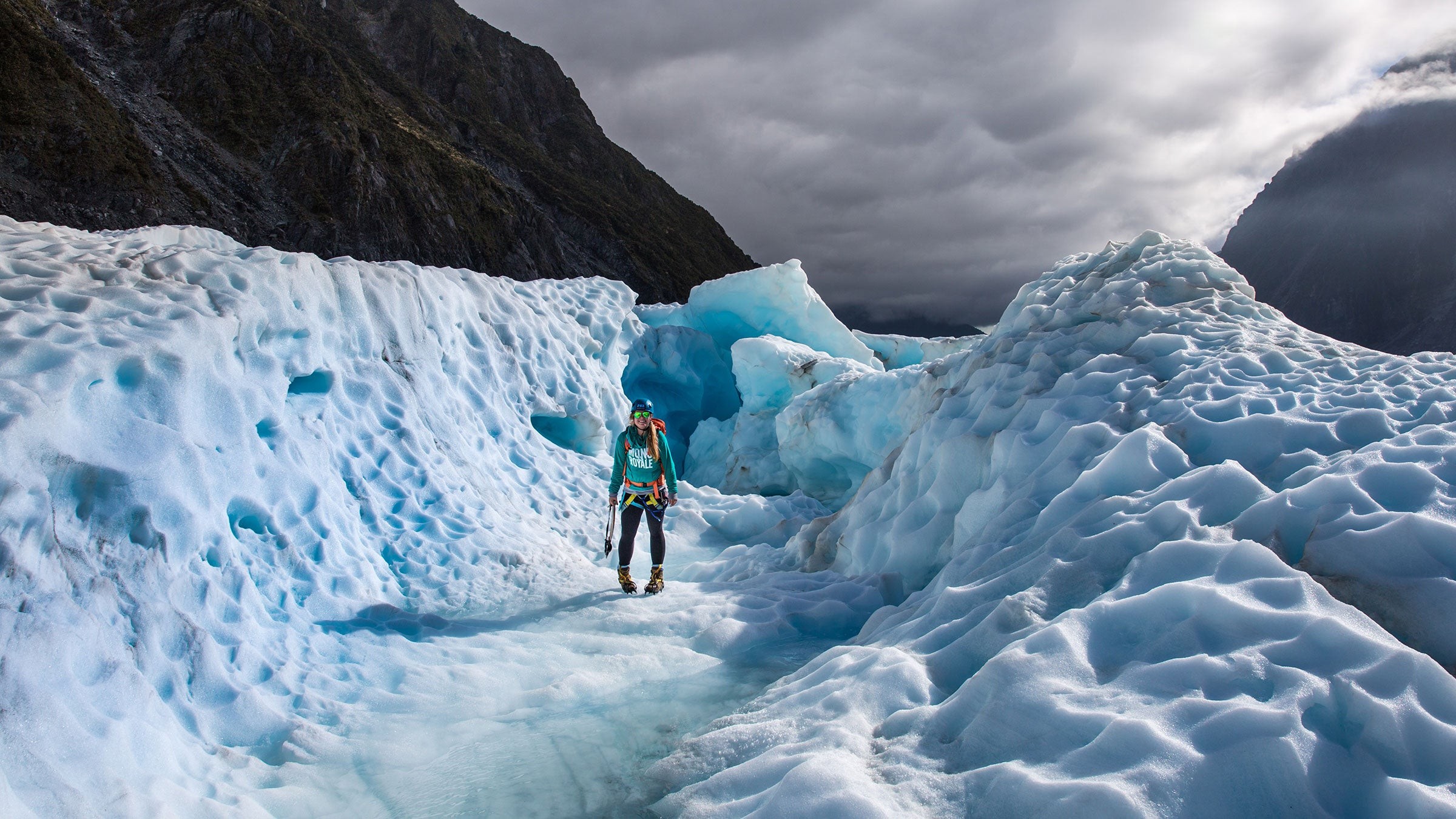 Fox Glacier adventure in New Zealand
Fox Glacier adventure in New Zealand
9. What are Some Essential Tips for Planning Adventure Tourism in New Zealand?
9.1. Research and Plan Ahead
New Zealand adventure tourism requires thorough research and planning. New Zealand’s climate is incredibly variable, and you can experience four seasons in one day. Pack layers and be prepared for unexpected weather changes. Book accommodations and tours in advance, especially during peak seasons. According to a report by Tourism New Zealand, planning and booking in advance can save up to 30% on travel costs.
9.2. Check Safety Guidelines
Safety is paramount, especially when engaging in adventure activities. New Zealand has stringent safety regulations, but it’s essential to choose reputable operators. The Department of Conservation (DOC) provides valuable information on trail conditions and safety alerts.
- Verify Certifications: Ensure tour operators have the necessary certifications and licenses.
- Read Reviews: Check online reviews to gauge the experiences of previous participants.
- Emergency Contacts: Keep emergency contact information readily available.
9.3. Pack Appropriately
Packing the right gear is critical for a successful adventure.
| Gear | Description |
|---|---|
| Hiking Boots | Sturdy, waterproof boots with good ankle support are essential. |
| Waterproof Jacket | A high-quality waterproof jacket is a must for unpredictable weather. |
| Thermal Layers | Merino wool or synthetic thermal layers to keep you warm. |
| Backpack | A comfortable backpack for carrying essentials like water, snacks, and maps. |
9.4. Respect Local Customs
New Zealand has a rich cultural heritage, particularly the Māori culture. Respect local customs and traditions. A simple “Kia Ora” (hello) can go a long way. Be mindful of sacred sites and ask for permission before taking photos.
9.5. Stay Connected
While New Zealand is known for its remote wilderness, staying connected is essential for safety and convenience.
- SIM Card: Purchase a local SIM card for reliable mobile coverage.
- Portable Charger: Bring a portable charger to keep your devices powered up.
- Offline Maps: Download offline maps for navigation in areas with limited connectivity.
9.6. Understand Biosecurity Measures
New Zealand has strict biosecurity measures to protect its unique flora and fauna. Clean your hiking boots and gear before entering the country and between different hiking areas. Declare any food or plant items to customs.
9.7. Be Prepared for Physical Challenges
Adventure Tourism In New Zealand can be physically demanding. Ensure you are adequately fit for the activities you plan to undertake. Train beforehand and consult with your doctor if necessary.
9.8. Embrace Sustainable Travel
New Zealand is a leader in eco-tourism. Support sustainable practices by choosing eco-friendly accommodations and tour operators. Reduce your environmental footprint by minimizing waste and respecting the natural environment.
9.9. Budget Wisely
Adventure tourism can be expensive. Plan your budget carefully and look for deals and discounts. Consider purchasing a multi-activity pass to save money. Be aware of hidden costs such as transportation and meals.
9.10. Learn Basic First Aid
Knowing basic first aid can be invaluable in remote areas. Carry a first aid kit and consider taking a wilderness first aid course.
10. Frequently Asked Questions (FAQs) About Adventure Tourism in New Zealand
10.1. What is the best time of year for adventure tourism in New Zealand?
The best time for adventure tourism is during the summer months (December to February) for hiking and water-based activities, and winter months (June to August) for skiing and snowboarding.
10.2. Do I need travel insurance for adventure activities in New Zealand?
Yes, travel insurance is highly recommended to cover any unforeseen accidents or medical emergencies during adventure activities.
10.3. Are there age or fitness restrictions for certain adventure activities?
Yes, some activities like bungee jumping or heli-skiing may have age and fitness restrictions. Check with the tour operator beforehand.
10.4. Can I participate in adventure activities if I have no prior experience?
Yes, many tour operators offer introductory courses and guided experiences suitable for beginners.
10.5. How far in advance should I book adventure tours?
It’s best to book at least a few weeks in advance, especially during peak season, to secure your spot.
10.6. What is the average cost of adventure tours in New Zealand?
The cost varies widely depending on the activity, but you can expect to pay anywhere from $100 to $500+ per activity.
10.7. Are there any discounts available for booking multiple activities?
Yes, many tour operators offer package deals or discounts for booking multiple activities.
10.8. What should I do in case of an emergency during an adventure activity?
Follow the instructions of your tour guide and contact emergency services using 111 (New Zealand’s emergency number).
10.9. Can I rent equipment for adventure activities in New Zealand?
Yes, equipment rental is widely available for activities like skiing, snowboarding, and kayaking.
10.10. What are the visa requirements for visiting New Zealand for adventure tourism?
Visa requirements depend on your nationality. Check the Immigration New Zealand website for the most up-to-date information.
Ready to experience the best of adventure tourism in New Zealand? Let SIXT.VN take care of all your travel needs, from airport transfers to hotel bookings and guided tours. Contact us today to start planning your unforgettable adventure!
Address: 260 Cau Giay, Hanoi, Vietnam
Hotline/Whatsapp: +84 986 244 358
Website: SIXT.VN



